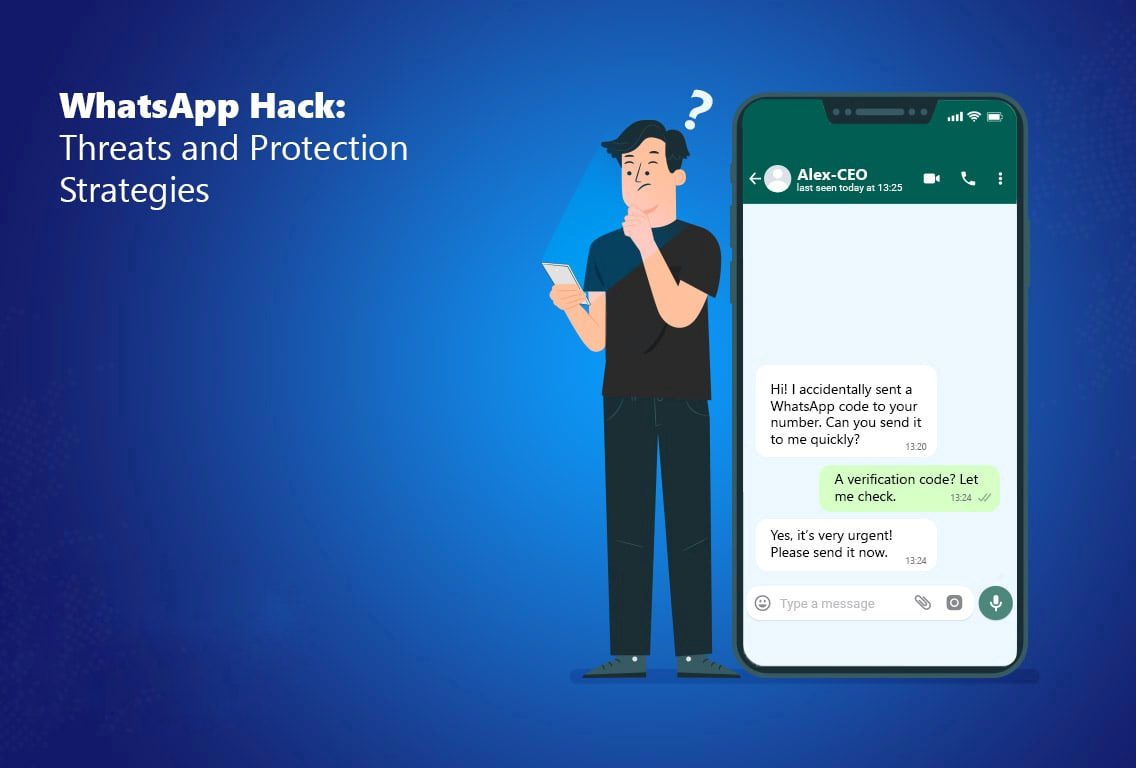
The first online payments occurred at the end of the 20th century, with First Virtual Holdings and PayPal among the leading companies to accept the challenge of allowing people to pay safely over the internet. The processes and technology have changed massively since those early days, with recent developments increasing the security aspect further.
Facial Recognition on Smartphones
Apple’s Face ID and Samsung’s Galaxy range have been leading the way in the market for smartphones with facial recognition technology. This adds to the security aspect of using a mobile device, with online payments one of the areas that could be most transformed. Shikhar Aggarwal of BLS E-Services confirmed that the company now integrates face authentication in its banking services to boost security.
As well as removing the risks of passwords being hacked, this also means that users don’t need to worry about forgetting their passwords and can go online instantly wherever they are. As Cybercrime reached a reported figure of $9.5 trillion in 2024, according to the Crowdstrike 2025 Global Threat Report, this could be one of the ways that we help to reduce it in the future.
Payment Platforms with Anti-Fraud Systems
The rapid growth of online entertainment has led to the need for secure, convenient ways to pay. Streaming platforms are among those that have added two-factor authentication to keep their accounts more secure. Many platforms also now accept cryptocurrencies like Bitcoin, with the extremely high level of security one of the key reasons.
Online casinos need to be secure too, leading to the use of solutions that provide a payment gateway for gambling clients. The introduction of a highly sophisticated monitoring system that sends alerts is one of the elements that has helped make this industry secure. With robust anti-fraud measures, casinos and sportsbooks can stay in control while giving users confidence to add funds.

Virtual Cards with Tokenisation
The earliest online payments were made using bank cards, which remains one of the simplest ways to pay over the internet. Yet, the increasingly sophisticated ways that hackers could attempt to get hold of our card details make this an area of concern. Spyware and other types of malware can steal your card details, which has led to new security measures like virtual cards with tokenisation.
The MasterCard site confirms that the company stores the original card data, sending unique virtual tokens to the billing company for every transaction carried out. This payment provider plans to remove manual card entry and passwords by 2030 by bringing in tokenisation together with biometric authentication. This should eventually lead to everyone using numberless virtual cards. With fraud seven times higher for online purchases than in-store payments, this change should help lower the rate significantly.
These developments have helped to increase consumer confidence in online payments across a variety of platforms and industries. The way we pay to get entertained or buy products as changed beyond all recognition since the start of the century and it seems likely that new innovations will keep on arriving in 2025.







